Final Thoughts... We live in a transitional zone here in Tennessee which means we see everything from bermuda grass to fescue. Whether you like to do it yourself or want us to do it for you, we're here to help. Maintaining a healthy turf is a joint venture between a lawn care professional and the owner. Feel free to comment, ask questions, and if you would like a quote, simply click right here.
|
Authors
Brian and Kristy are are the experts and owners behind MIL-SPEC Lawn Care. Follow Us
We're always posting new and exciting projects on social media. Please follow our adventure on Facebook or Instagram to see some ideas of what we can do with your property. Archives
December 2017
Categories
All
|

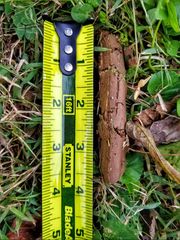
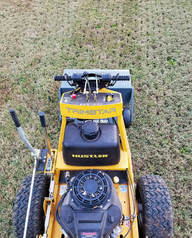
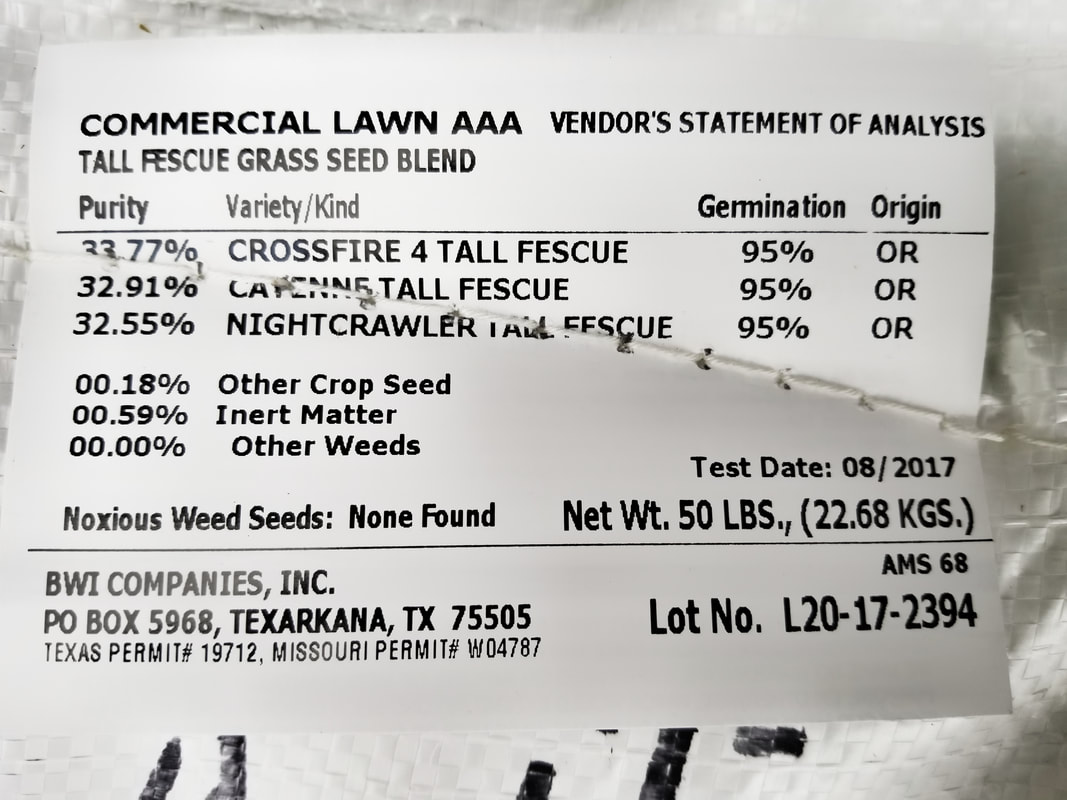

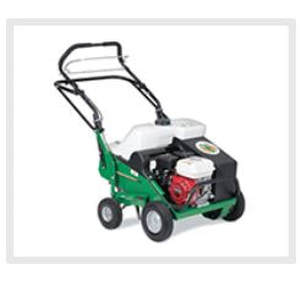
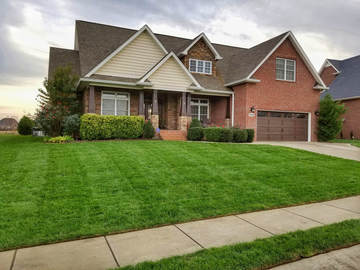
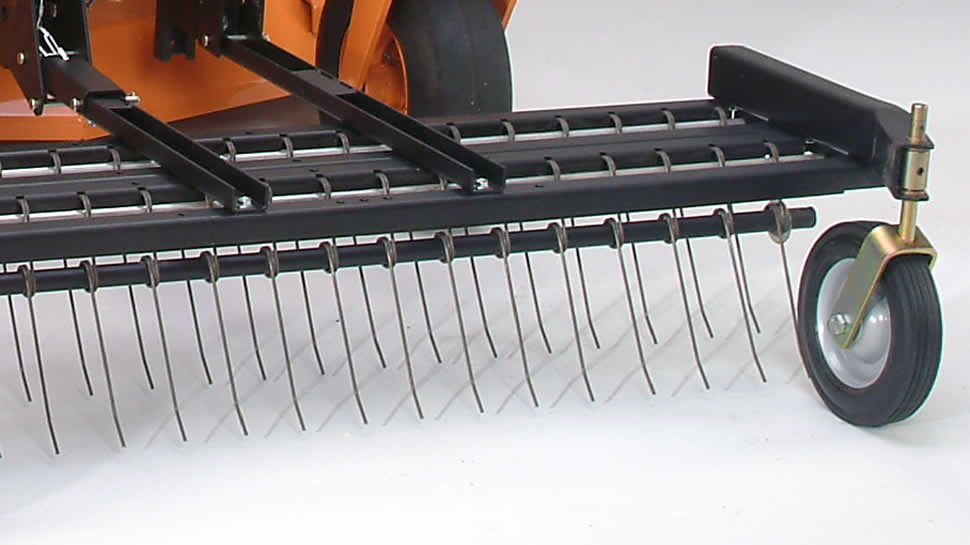
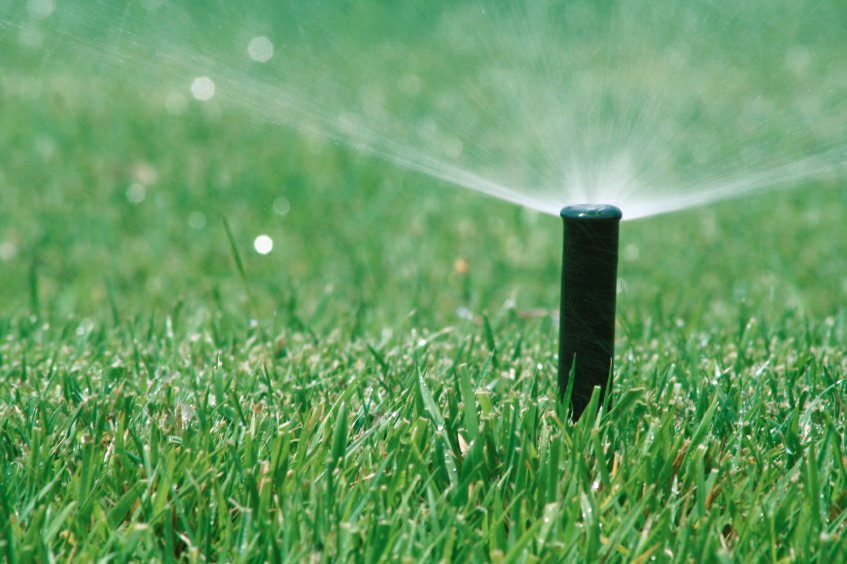
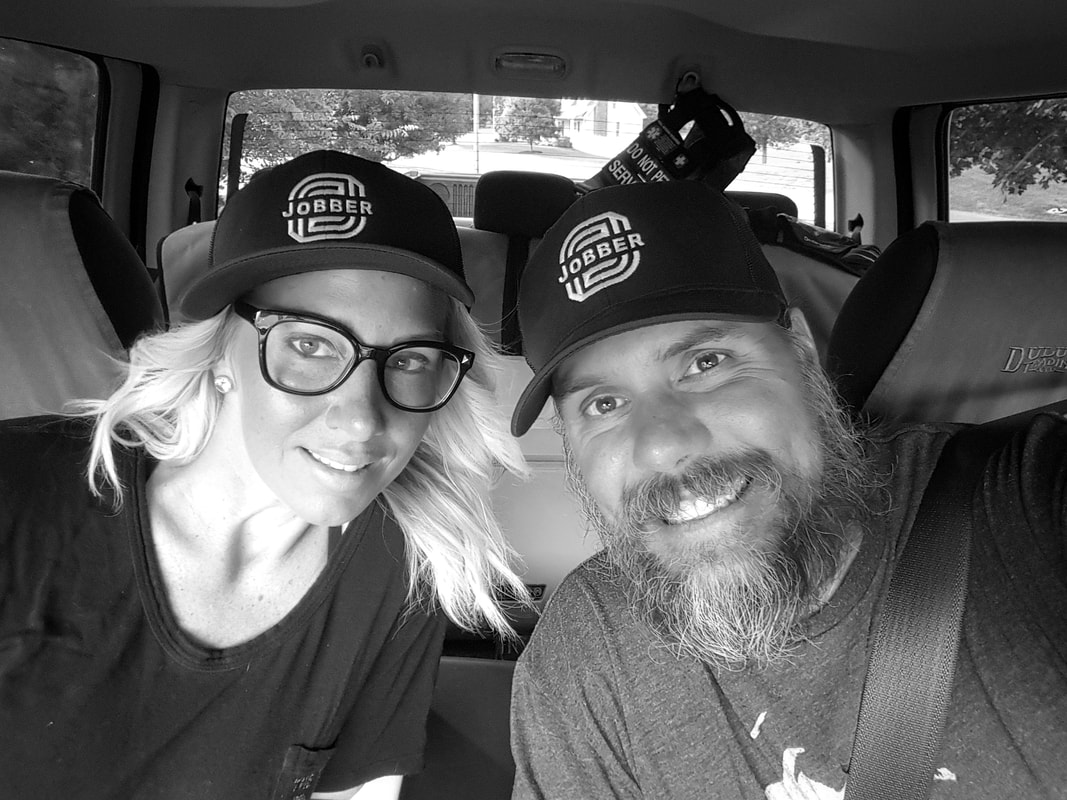
 RSS Feed
RSS Feed